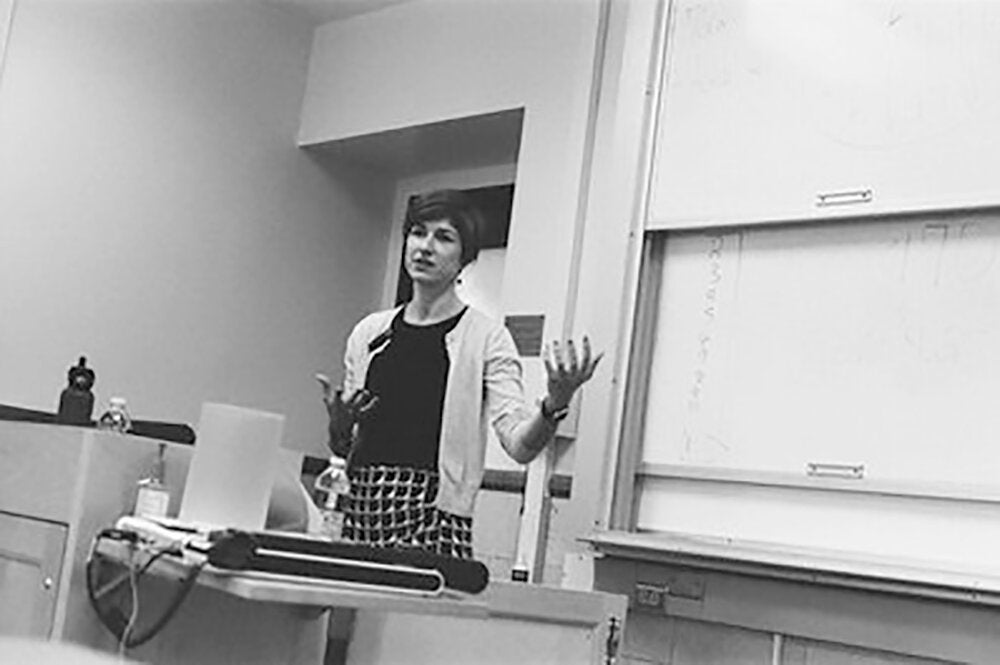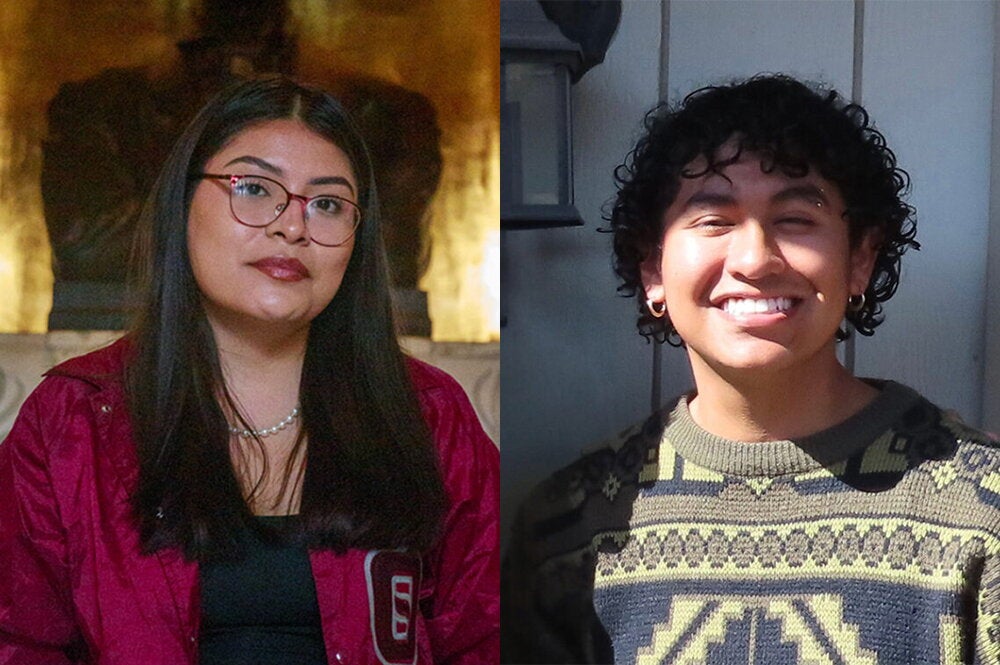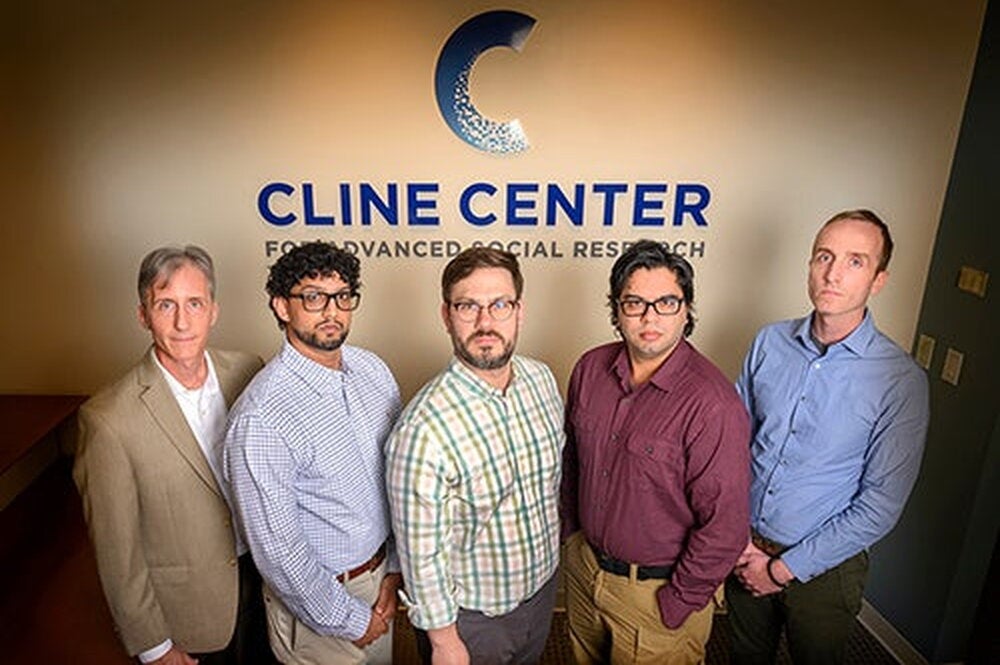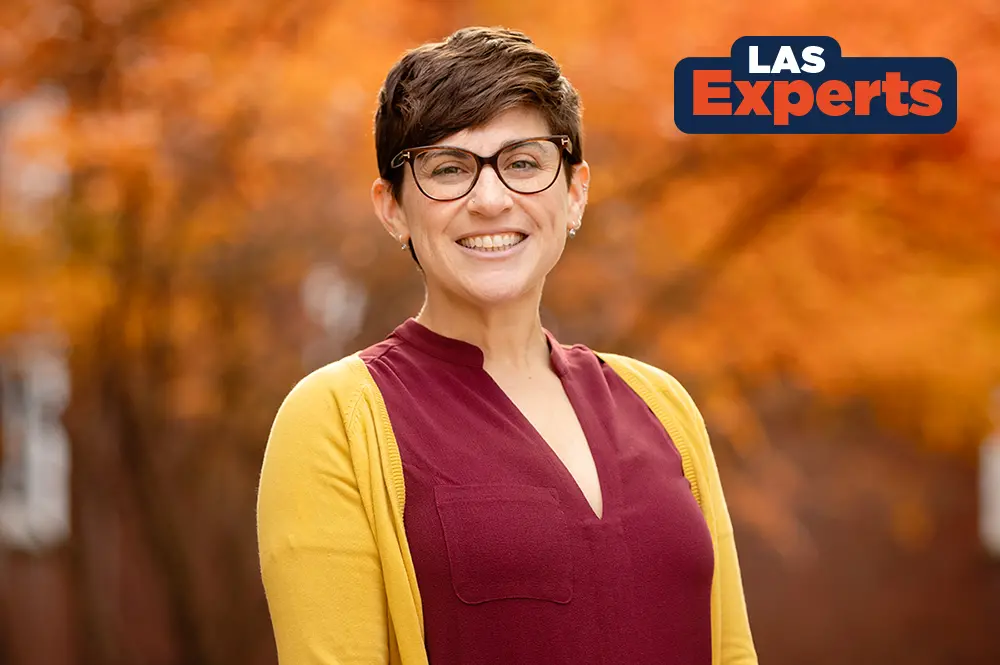
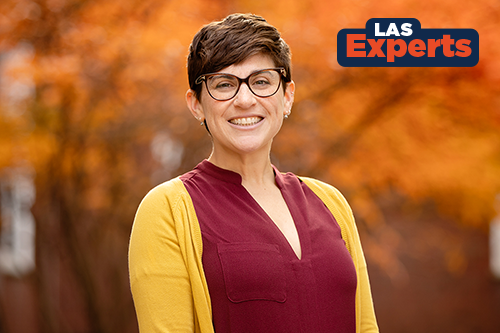
Avital Livny, professor of political science, says that her research sits at the intersection of Middle Eastern politics and the politics of identity. She has conducted extensive field research in Turkey, leading to her development of a new method for estimating ethnic, religious, and linguistic diversity as well as a method for using satellite imagery to understand variation in religiosity in the Muslim world.
What are you working on now?
I am wrapping up work on my first book, forthcoming later this year with Cambridge University Press, that examines the advantage of Islamic-based political and economic groups in Turkey and the Muslim world. In the meantime, I am completing work on an article that identifies a legacy of tolerance in Turkey, stretching from Ottoman times, that bolsters inter-group trust across ethnic and religious lines. I have just submitted an article that describes my method for using satellite images to capture local variation in religiosity in Turkey. In it, I leverage changes in night-lights during the holy month of Ramadan and show that increases in lights are strongly correlated with self-reported religiosity across Turkish districts. I am also continuing work on my project, supported by the National Science Foundation, that uses survey responses and census results to improve estimates of diversity worldwide. I am supported by folks at the Cline Center for Advanced Social Research and a large team of undergraduate research interns.
The thread that connects all of these disparate projects is a keen desire to use data and statistical methods to confirm (or disprove) long-held assumptions about identity and its role in politics. While many have argued that Islamic parties have been successful in Turkey because of a religious resurgence among Turkish voters, I am able to demonstrate that rise of these parties bares little relationship to levels of piety. Instead, references to Islam are good at mobilizing supporters because they build on feelings of trust among Muslims, including those who are not particularly devout. Meanwhile, contrary to expectation, I am able to show that inter-group tolerance in contemporary Turkey continues to be influenced by Ottoman cosmopolitanism, despite the state’s efforts to recast history. And my NSF-funded project seeks to identify (and correct) systematic measurement error in existing estimates of diversity that threaten to bias our understanding of how and when diversity matters for politics and economics. For example, a well-known statistical correlation is the negative one between ethnic diversity and economic growth across countries. But because we have better data about the ethnic composition of rich countries, that correlation appears to be spurious, driven entirely by measurement error.
What do you enjoy most about teaching?
My approach to teaching follows closely from my approach to research: I aim to empower students to confront assumptions using social scientific methods. There is nothing I love more than standing in front of a group of students as they work to describe patterns they see in empirical evidence, especially when those patterns challenge their own perceptions about how the world works. So, in addition to teaching students about a particular topic in a given course, I always intersperse lessons about social scientific inference that should prove useful to students well beyond the classroom. I also challenge them to engage with contemporary social scientific research, teaching them strategic reading skills so that they can process complex ideas in a relatively short amount of time.
Please describe your proudest career achievement.
I am probably most proud of my diversity project, not only because it was recognized by the National Science Foundation for financial support, and not just because its results stand to change a lot of what we currently (think we) know about diversity, but largely because of the research team that I have assembled to drive it forward. I will admit to being nervous about leading so many people, especially at such an early stage of my career. But through some trial and error, and a healthy dose of tenacity, I have now developed a system for successfully integrating a diverse group of nearly fifteen undergraduate researchers and two graduate students, all of whom are learning important skills while supporting a project of critical significance. In this way, I believe I have found a way to interweave my research and teaching priorities, to their mutual benefit.
